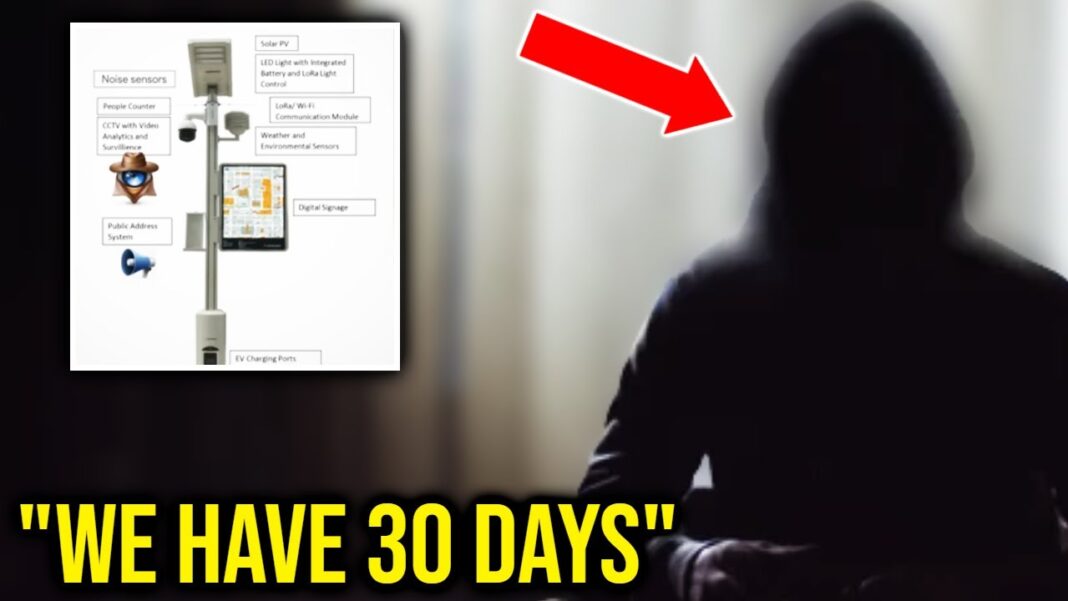The world is changing, and not necessarily for the better. As technology advances, so does the potential for surveillance and control. The very devices we cherish for convenience and connectivity might be the chains that bind us in the future.
Facial recognition, once a futuristic concept, is now a daily reality. When you pick up your smartphone, a 3D camera scans your face, projecting a unique pattern that identifies you. This technology was introduced under the guise of convenience. But is it just convenience we’re getting, or are we trading our privacy for it?
The narrative goes something like this: technological advancements, from smartphones to video games, are for our benefit. They’re sold to us as carrots, promising convenience, safety, and security. But as we embrace these carrots, we might be overlooking the sticks that come with them.
Take China, for instance. The fusion of Big Brother with Big Data is already in full swing. Facial recognition is tied to social credit scoring, a system that monitors and rates citizens’ behaviors. In 2019, Shenzhen was littered with cameras, screens broadcasting the omnipresent surveillance, ensuring compliance. This isn’t just a Chinese phenomenon. Western countries are silently integrating similar systems. The illusion of freedom is maintained, but the infrastructure for surveillance is rapidly expanding.
Gone viral! – They’re Watching, But We’re Fighting: How to Resist the New Age of Surveillance!

In the United States, per capita cameras exceed even those in China. By 2025, a staggering $2 trillion will be invested in surveillance infrastructure. The narrative might suggest that China has lost its freedom, but the West is not far behind. The surveillance isn’t just about security; it’s about control.
The old surveillance model required human intervention. Cameras were monitored by people. Today, artificial intelligence has replaced human eyes. These “smart” systems are always watching, listening, analyzing, and learning. Devices with microphones? They’re likely listening. Our conversations, our actions, our very lives are being scored in real-time.
This brings us to the concept of the “panopticon“, a circular prison where guards can watch all prisoners without the inmates knowing if they’re being observed. We’re living in a digital version of this. Cameras equipped with computer vision and AI monitor us constantly. The term “Internet of Eyes” has emerged, describing a world where cameras are ubiquitous. They’re in our cars, public spaces, even mapping digital IDs to trees.
Yes, you read that right. Trees are being digitally mapped. As global focus shifts towards climate change, every interaction with nature could potentially affect your “score“. Harm a tree, and you might just see your social credit drop.

But it doesn’t stop there. Smart poles and smart lights are being installed globally. These aren’t just lights; they’re surveillance tools. Equipped with noise sensors, surveillance cameras, and even drone charging stations, these poles are integral to the surveillance grid. They’re wirelessly connected, communicating constantly. The signals they emit, combined with the harmful blue light, pose health risks. Yet, they’re being installed everywhere, forcing us to look down, to avoid their glare.
These lights can even be weaponized. LED incapacitators, or “puke rays“, can emit light frequencies that can cause physical harm. With radar and smart systems, these lights can target individuals from hundreds of meters away.
So, what’s the endgame? It’s clear that a digital prison is being constructed around us. The very tools we use daily might become the instruments of our own surveillance.
It’s time to question, to challenge, and to understand the world we’re entering. The digital panopticon is real, and it’s expanding.
The question is, will we let it define our future?


